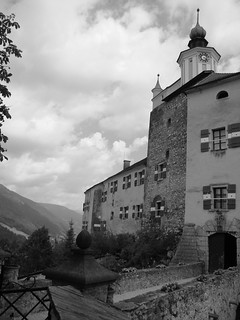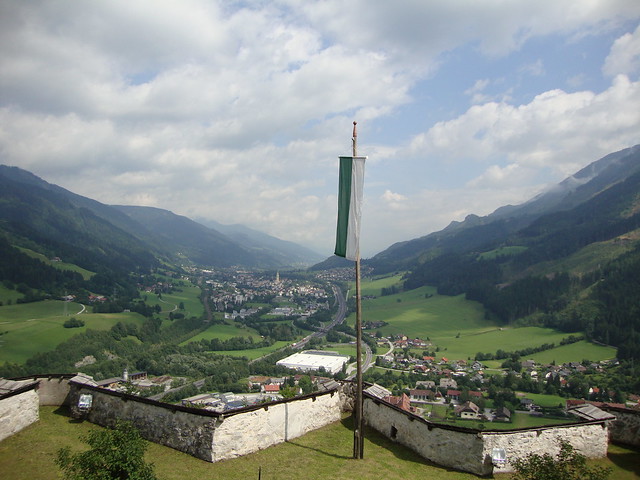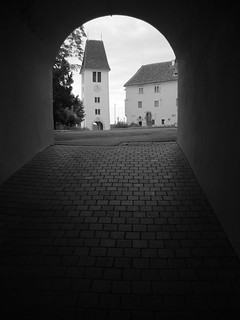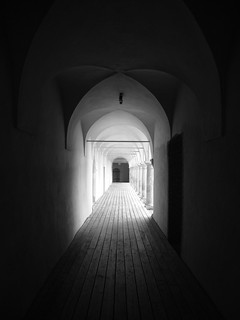If you don’t visit, Austria is quite an easy country to forget about. A smallish nation in the middle of Europe, it’s known for mountains, skiing, Viennese waltzes, and perhaps not much else. Remember, though, that less than a century ago it was one of Europe’s five great powers, an empire that stretched across much of central Europe and took in places as far apart as modern-day Romania, Slovenia and Bosnia. Austria-Hungary, as the empire was known, disintegrated after the First World War, of course, and its constituent parts have never seen such grandeur ever since – despite the hints of greatness that can still be found in the likes of Budapest or Vienna.

It was no surprise, then, that the imperial influence would manifest itself in a series of beautiful castles and grand churches across Austria. In our time in Styria, we took in three (I think!), two of which were formerly owned by the Admont monastery, whose influence stretched hugely across Styria over its several centuries of existence.
Burg Strechau (left and top) was in perhaps the most dramatic setting of the castles we visited, on a sharp promontory of land but surrounded by a dramatic ring of sharp and imposing mountains.
It boasts some numerous artefacts, two chapels (one Protestant and one Roman Catholic) and even a room that was specially bedecked for a visit by the emperor who ended up (most rudely) not actually coming. And like all castles, it naturally had a collection of classic Austrian-produced cars (a reflection of the interests of the owners I think).
Although I didn’t understand the guided tour, the English accompanying text was helpful, explaining its journey from royal to monastic and eventually private ownership, via a spell as an elite Nazi-era school.
Frauenberg (above) was another place we visited, which remained, I think, in the Admont monastery family today. The interior of it was a spectacular as the magnificent views around.
Schloss Seggau (above), on the edge of the town of Leibnitz, was also noteworthy, not least for its abundance of arches – always a major draw for me and my camera, as you frankly can’t beat arches for good-looking architecture shots.
I could witter on a little more about the histories of these places and others, but they’re easily findable on the web, and in any case the detail were subsidiary to the main headlines – which are of a centuries-long imperial tradition that spoke of a much greater and grander Austria than the one we know today.
Austria isn’t really a country on many people’s maps, and beyond the Alpine cliches, it’s hard to remember sometimes that this is a country with one of the greatest historical legacies in Europe: architecturally, culturally, politically and in many other ways.
Visiting the numerous – yet rarely famous – grand buildings of the area was a strong reminder to me that this was a country that was, once upon a time, a very different place.
You can find my photos on Flickr from Frauenberg, Seggau and Strechau.








Thanks for the photo sets of Frauenberg and Strechau. I often pass this places by train but haven’t make it inside yet. Btw Schloss Seggau is an interesting place for people who are interested in Roman tomb stones. There is a big collection of them immured at the castle walls.
Thanks Travelwriticus. Yes I saw the Roman tomb stones and uploaded this photo. But I didn’t know they were Roman so thanks for the background story.